NASCAR's 50-to-1 Shot in Chicago
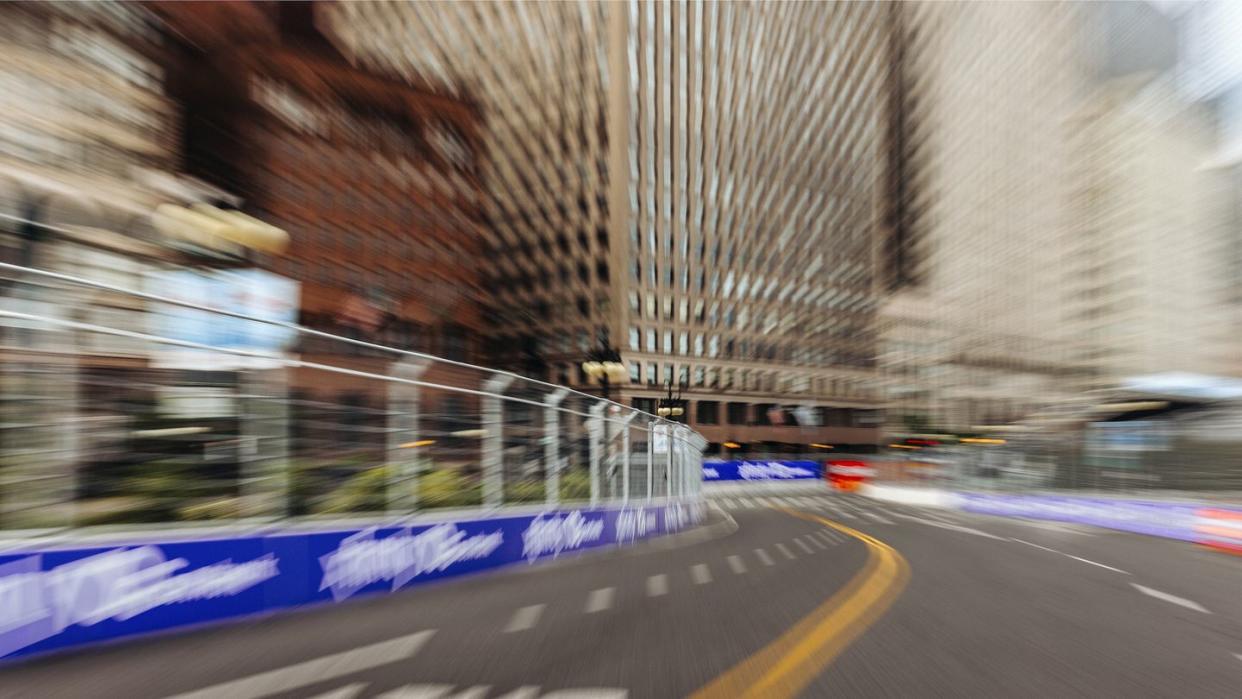
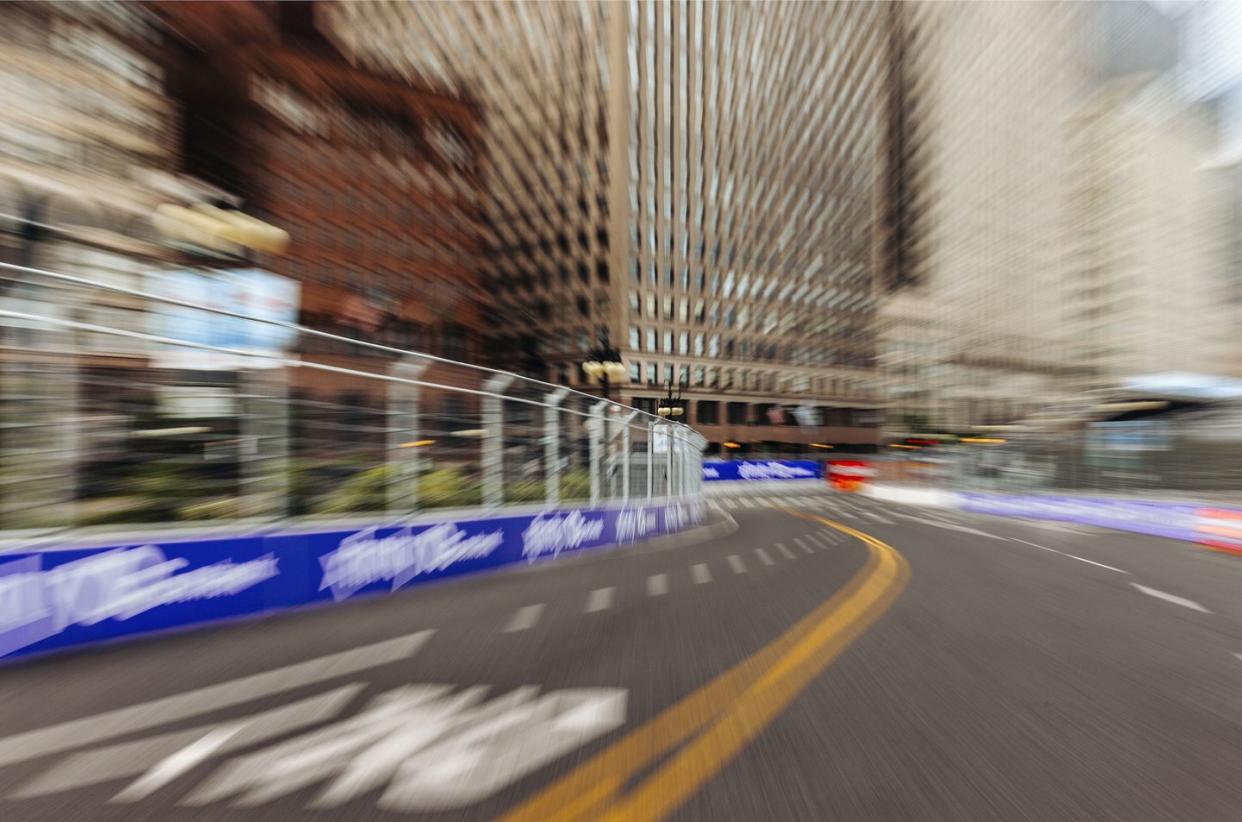
Guess how much concession stands were charging for a six-pack of Busch Light at NASCAR’s Chicago Street Race on Independence Day weekend? You could buy all six beers at once, and they came in a nifty cardboard carrier. We’ll come back to this.
This story originally appeared in Volume 19 of Road & Track.
At 9 a.m. on Saturday, July 1, Julie Giese, the 45-year-old midwesterner tapped by NASCAR to be president of the Chicago Street Course, personally opened the gates to fans for the Grant Park 220. Mobs poured into the sprawling footprint around “Chicago’s front yard,” its most famous park, which sits tucked into skyscrapers on the edge of Lake Michigan. The weekend promised to be historic for many reasons. This would be NASCAR’s first Cup Series race on city streets and the first professional motor race ever held in downtown Chicago. There would be other milestones, not all of them good, but Giese didn’t know that yet.
Imagine the stress at being in charge of, well, everything. It seemed impossible to believe that this event was happening at all. NASCAR was inviting dozens of teams from both the Xfinity and Cup series with cars, transporters, tires, engines, staff, and catering—every team a traveling circus—into the clogged arteries of the heart of the nation’s third-largest city. Giese’s team had secured a 12-turn 2.2-mile street circuit. NASCAR had invested upwards of $50 million. Chicago was expecting an influx of some 100,000 raucous fans, with around 2000 people working on the project. Giese had toiled tirelessly for two years to make this happen. Now her proverbial boots were on the ground. She was sporting a short-sleeved black tennis shirt with a NASCAR Chicago Street Race Weekend logo, and the fans were filing through metal detectors.
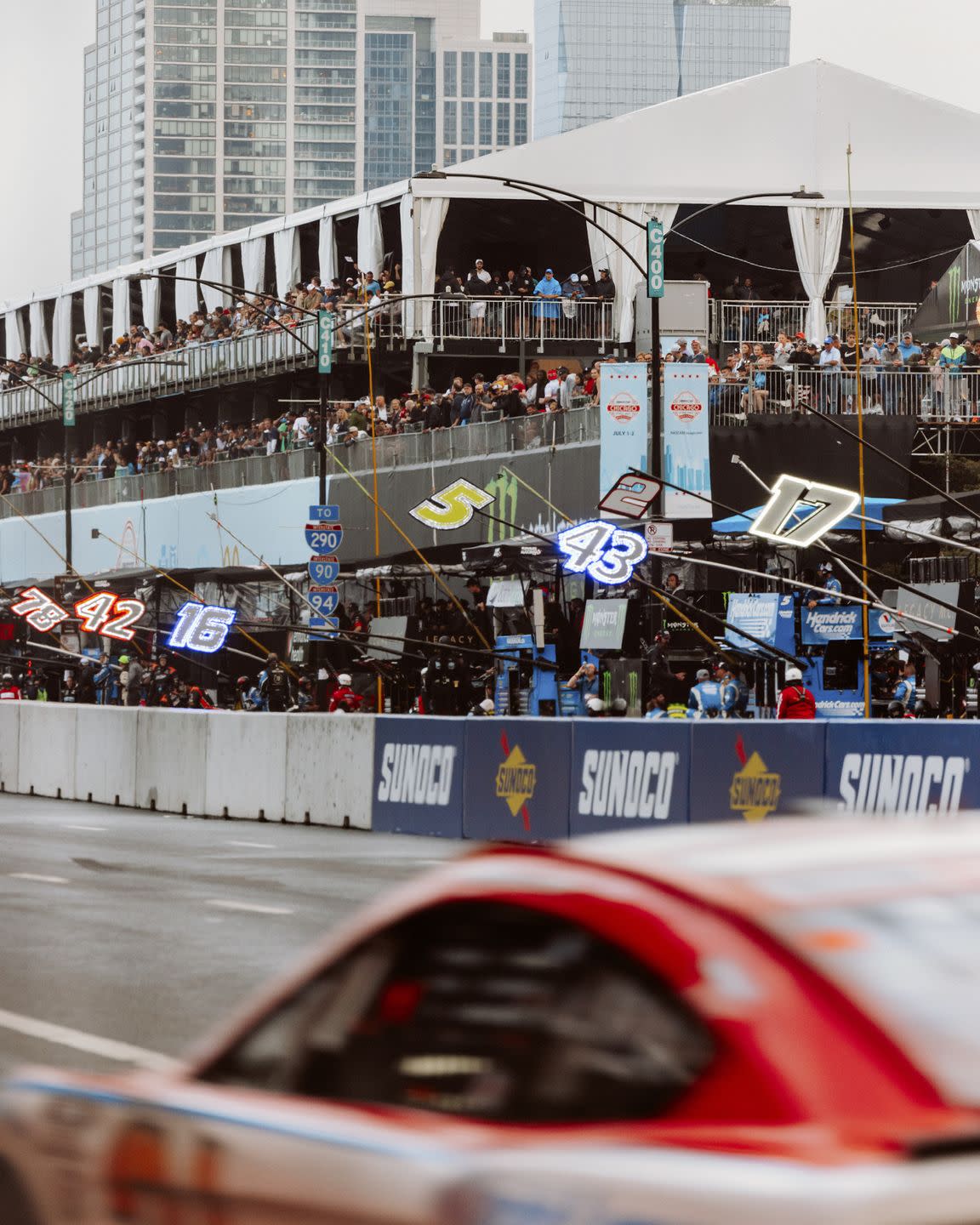
Even before Giese opened the gates, things were already spinning out of control. Canadian wildfires had blanketed the Midwest with a choking haze. Weather experts were sounding other alarms too. A storm was brewing. Could there be tornadoes?
“It’s stressful but in the best way,” Giese told me that morning while standing near Buckingham Fountain, a few steps east of pit lane. “If I ever get to a moment when I’m like, ‘This is a lot,’ then I have to remind myself that we’re making history. We have not ever done this in NASCAR’s 75-year history. Chicago has never done this. It’s special to be part of. It’s humbling.”
“So far, so good,” I said.
“So far, so great!” she responded.
At 11 a.m., the V-8s burst to life, and the first cars hit the track for the Xfinity Series practice. On Lake Shore Drive, the city’s main thoroughfare, cars were soon surpassing 150 mph—over three times the normal speed limit. The air was breathable, thank goodness, but thunderclouds were amassing on the horizon. There was a chance that after two years of work and tens of millions spent, there would be no race at all. In fact, the stock-car racing world was on the verge of one of the wildest weekends in recent memory.
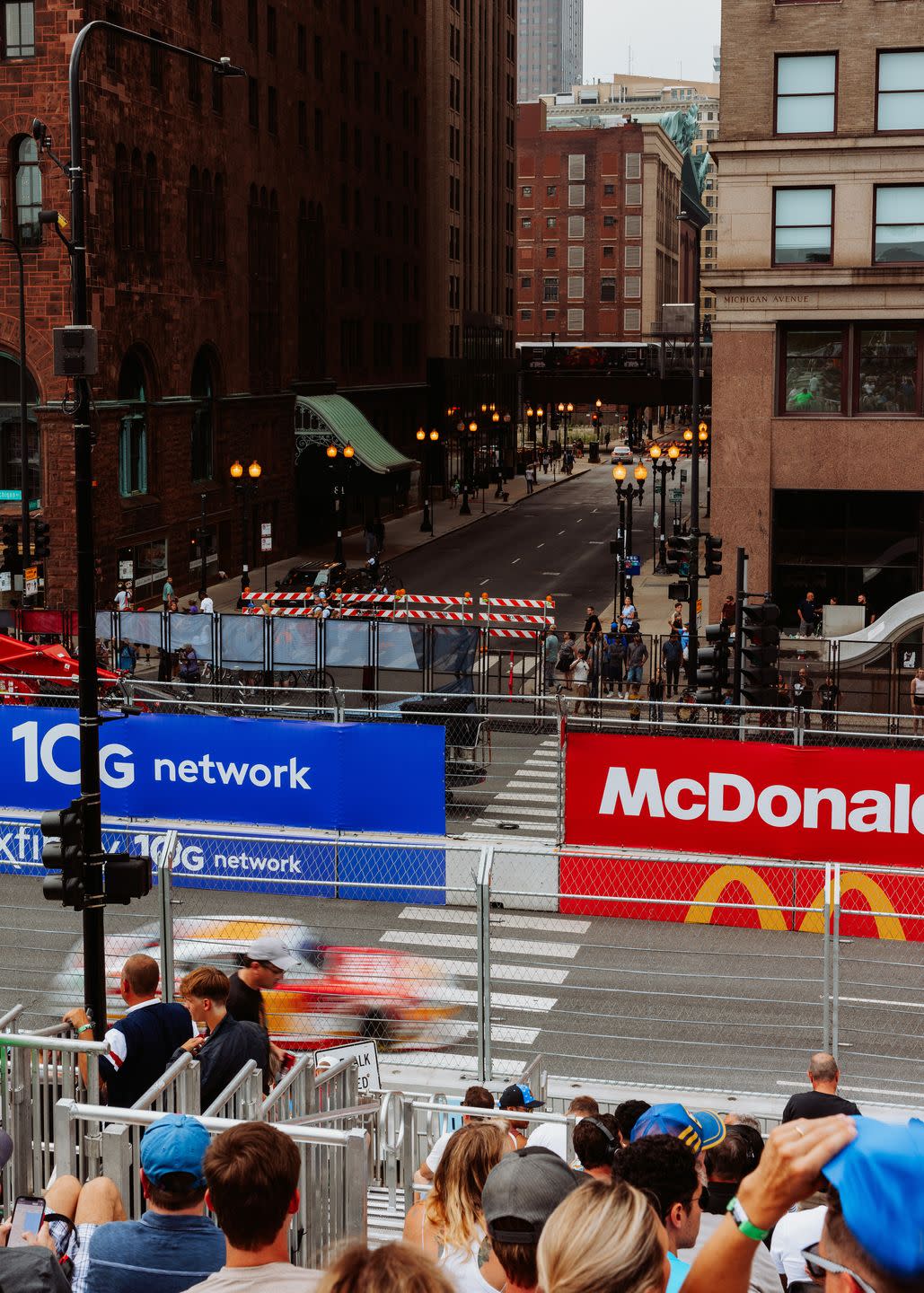
Objectively, Chicago is the greatest sports city in America. Having lived for 16 years in New York, five in Chicago, and one in Boston, I can say this with authority. It’s the city of Da Bears and Ditka, Wrigley Field, Michael Jordan, “The Super Bowl Shuffle.” I once walked into a Chicago bank to find Super Bowl–winning quarterback Jim McMahon handing out free hot dogs. I saw a Rush concert where Blackhawk players paraded the actual Stanley Cup onstage. It’s the only city where Eddie Vedder turns up at ballgames to sing the national anthem.
NASCAR noticed, which is why the series picked this city for its big gamble. It was doing something it hasn’t historically done: trying new things to lure in younger, nontraditional fans. In addition to the Chicago street race, recent NASCAR initiatives include racing in the L.A. Coliseum and fielding an entry at the 24 Hours of Le Mans. The whole racing industry is moving toward more street courses; Formula 1 added Miami and Vegas, IndyCar ran five street circuits in 2023, and Formula E competes entirely on street circuits. Could NASCAR pull it off in Chicago?
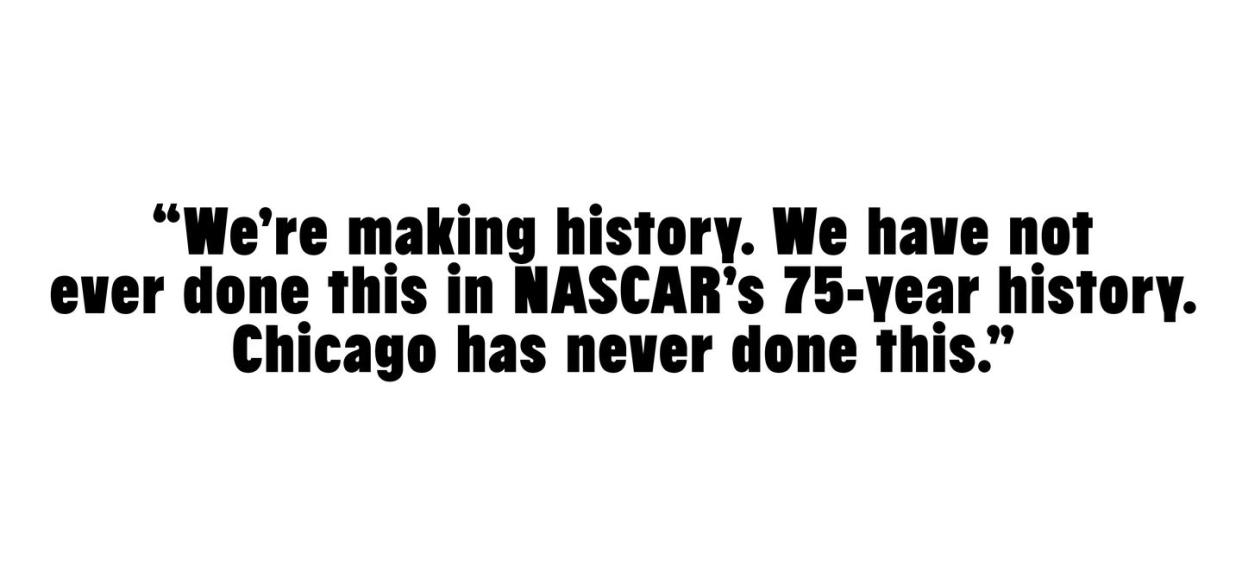
Shane van Gisbergen had never been to the Windy City when he checked in to his hotel, readying to compete in the Grant Park 220. Until a week earlier in Nashville, the New Zealander had never even seen a NASCAR race in person, let alone competed in one. SVG, as he is known, had almost no seat time in a Cup car. “We had three short runs and one longer one,” he later told me, “just to get a feel and understand.” That had happened days before he landed in Chicago, on the Roval at Charlotte Motor Speedway. “We weren’t allowed setup changes or anything like that. It was just to get climatized to the car and make sure I could drive it.”
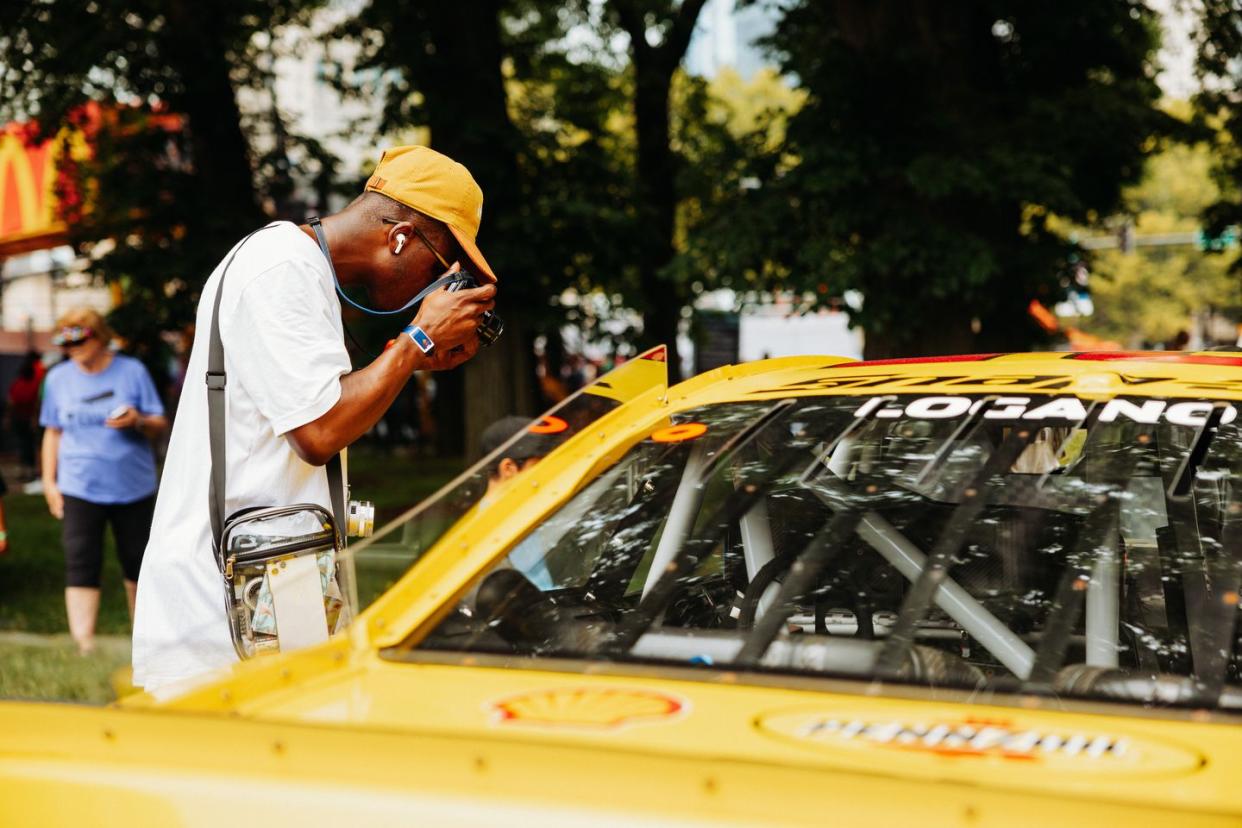
In New Zealand and Australia, SVG is a household name—a three-time Australian Supercars champion (2016, 2021, 2022), with 79 checkered flags and 48 poles. Here in America, few had heard of him, and throughout the weekend, TV announcers struggled with the pronunciation of his name. Vegas odds ranked him as a 50-to-1 long shot.
On the Saturday morning of practice and qualifying, SVG had breakfast in town and walked to the track, completely unaware of what to expect. During the track walk, he noticed something strange right away. “Such different surfaces,” he explained, “and gaps between the surfaces.” There was old concrete bordering newer asphalt, and plenty of sections with white paint on the surface. Grip under the wheels would be constantly changing.
“The track was pretty different from anything I’d ever driven before,” he explained. “That would never be allowed in Australia.”
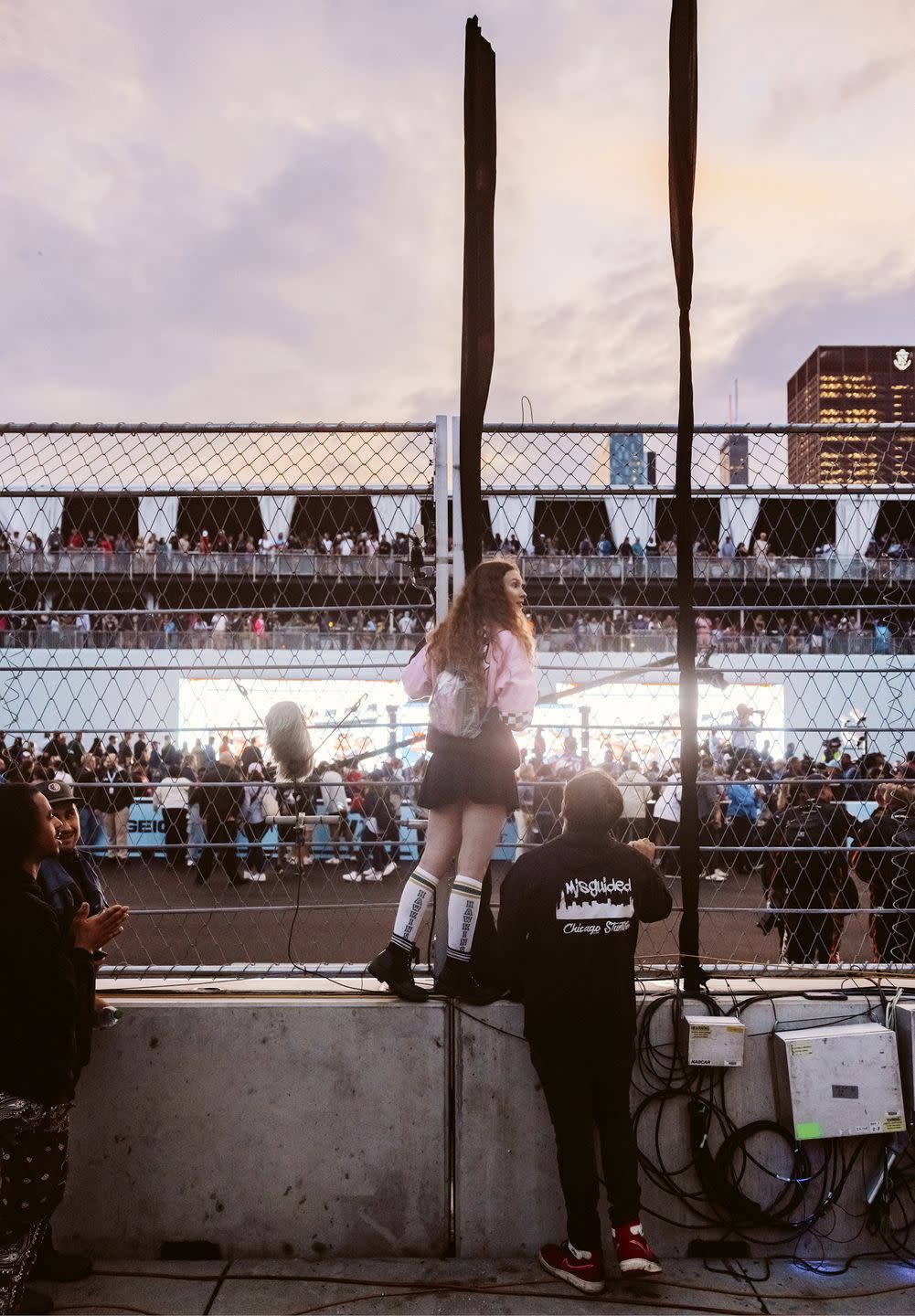
SVG came to Chicago as part of Trackhouse Racing’s Project91. The team, partly owned by rapper Pitbull, created a program to bring in racers from other disciplines to compete in NASCAR. Project91 had proved to be provocative but far from successful. The program debuted Formula 1 driver Kimi Räikkönen in a Cup car at Circuit of the Americas in March; he finished 29th. For SVG, Cup racing would be wildly different from anything he had experienced. While Australian Supercars racing uses lots of street circuits, the cars have the steering wheel on the other side. They’re about 500 pounds lighter, with significantly more downforce, and they have side mirrors.
“Once on track,” SVG recalled, “in practice, everyone was cool and respectful. Everyone wanted to get on with it. I wanted to be in my own space and get up to speed. The car didn’t feel that much heavier that the cars we drive. But the way the tire works is very different. The tire likes to slide a bit more than ours.” He had no real expectations but lots of adrenaline. “It’s a massive thing, getting to debut in a NASCAR race.”
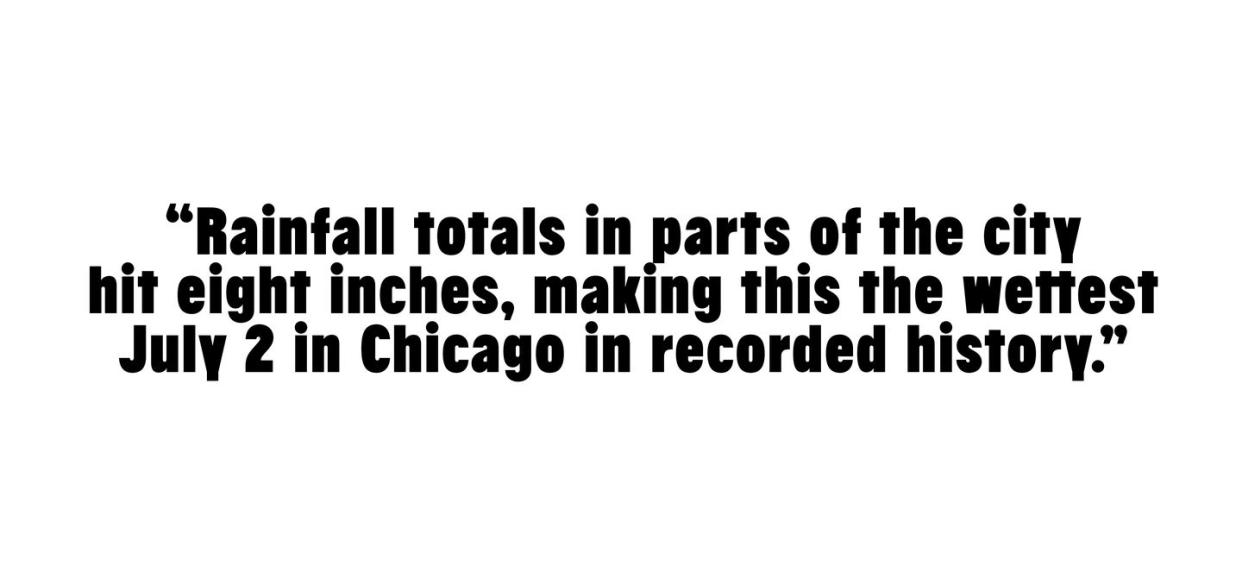
As SVG lapped behind American stock-car racing’s big guns, no one had any reason to keep an eye on the No. 91 Chevy. By the end of qualifying, however, he had stunned both the crowd and his competitors, achieving a third-place starting position. Was it beginner’s luck?
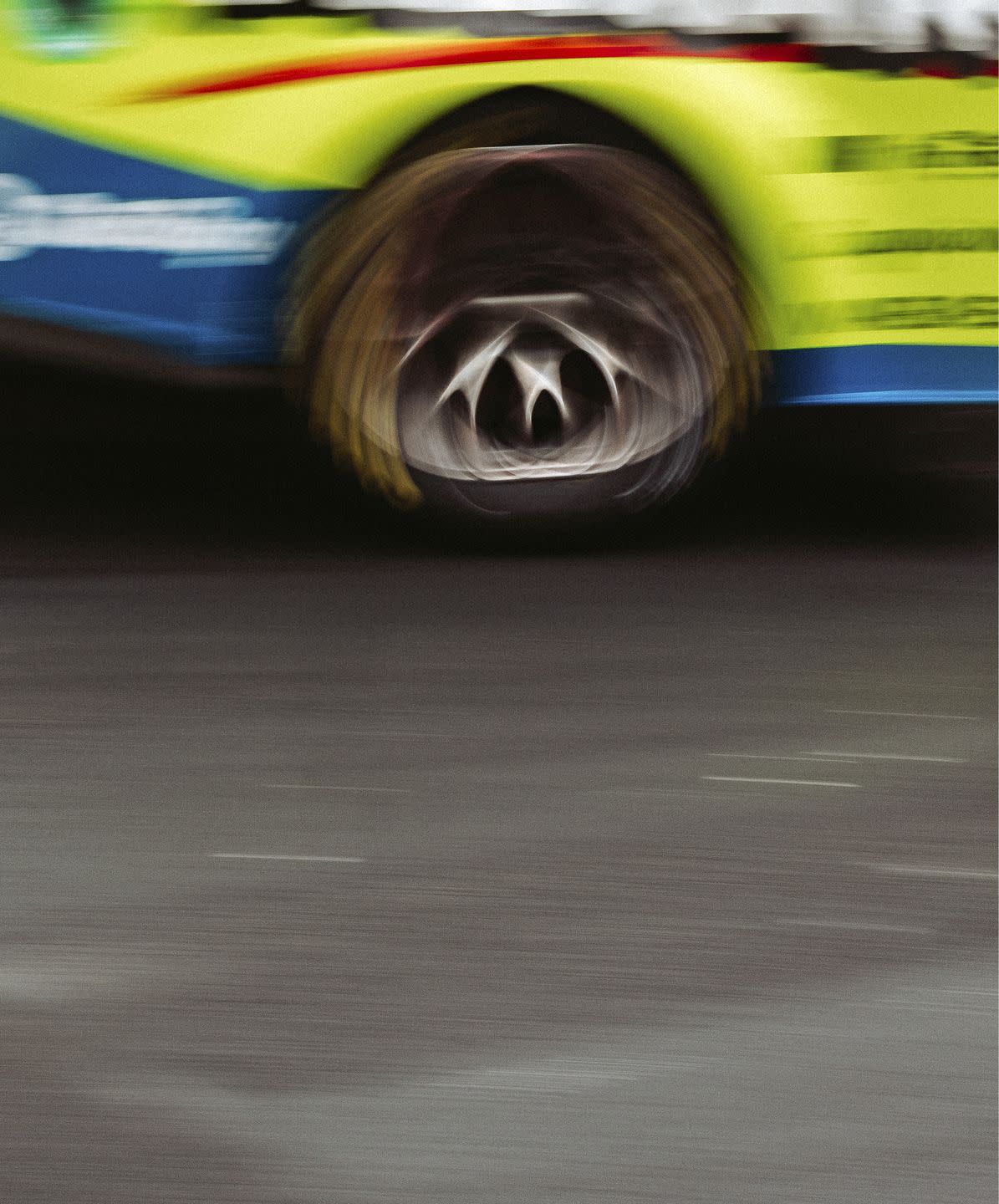
“There were a lot of unknowns on the Sunday,” he recalled. “We knew the weather was rolling in. There was a lot of anticipation of what it was going to be like. I just didn’t know what was going to happen.”
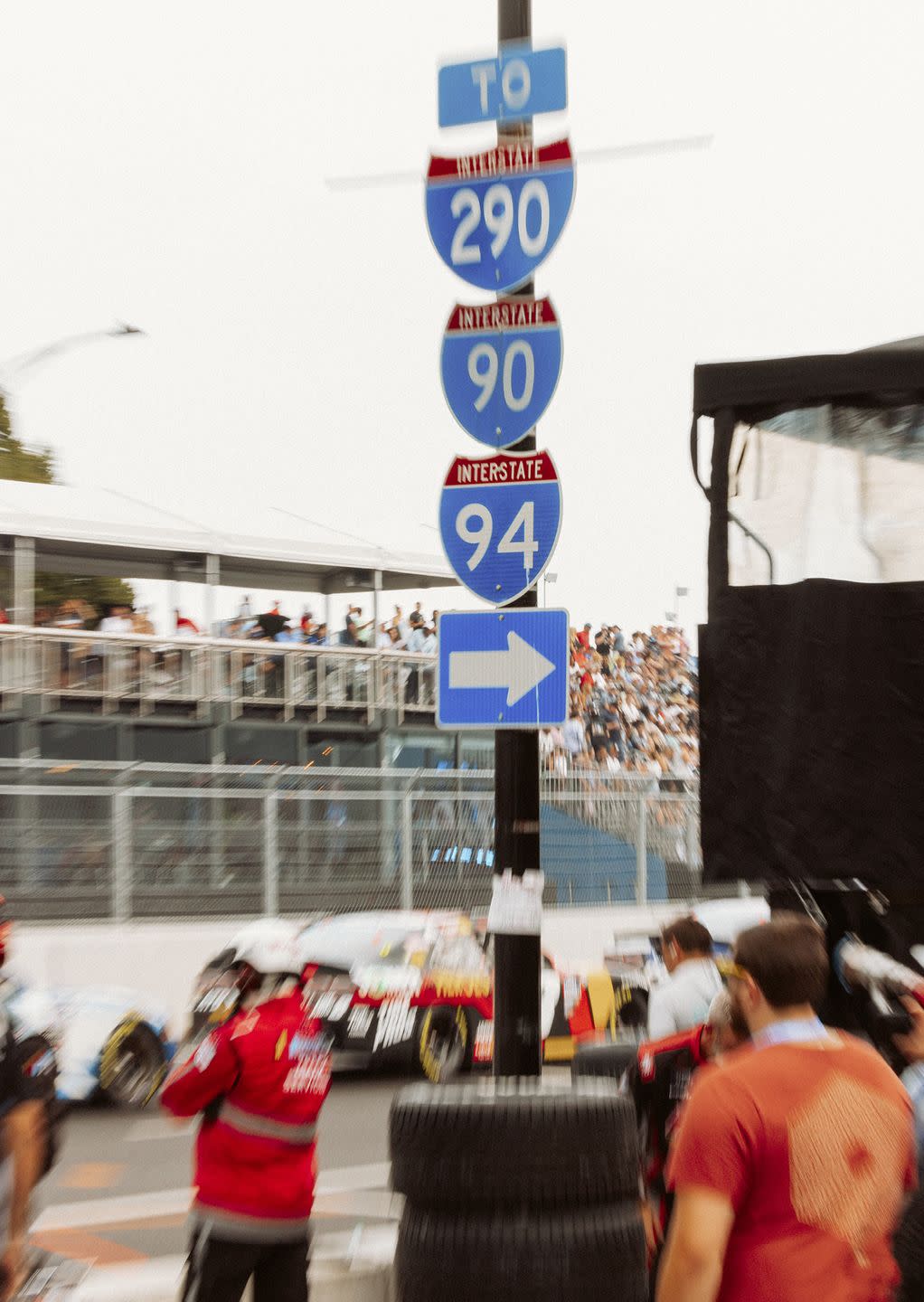
he first shocking weather event came Saturday afternoon, 25 laps into the Xfinity race, where Cole Custer was out in front (he qualified first and led all 25). The announcement came over the radios in the cars and the loudspeakers all around the track that lightning strikes were forcing race control to postpone the action and evacuate the fans.
Lightning is not unusual on hot July days in Chicago. However, in this case, a storm system came in at night and settled over the city, with furious winds and sheets of rain. Forecasters said it was supposed to move on by Sunday morning, which would make for plenty of time to run the rest of the Xfinity race and the full Cup event. But the squall refused to budge. I stood in my hotel room at 9 a.m., staring out the window at the pounding rain. My phone buzzed, an emergency alert incoming: “A flash flood warning is in effect for this area.”
Next came news that the remainder of the Xfinity race was called off. No one was pleased, except perhaps Cole Custer, who was now named winner. Meanwhile: No letup in the rain. Suddenly the decision to hold a weekend of racing in downtown Chicago in July seemed a little ridiculous. Whose idea was this, anyway? Don’t they know it rains a lot in Chicago in July?
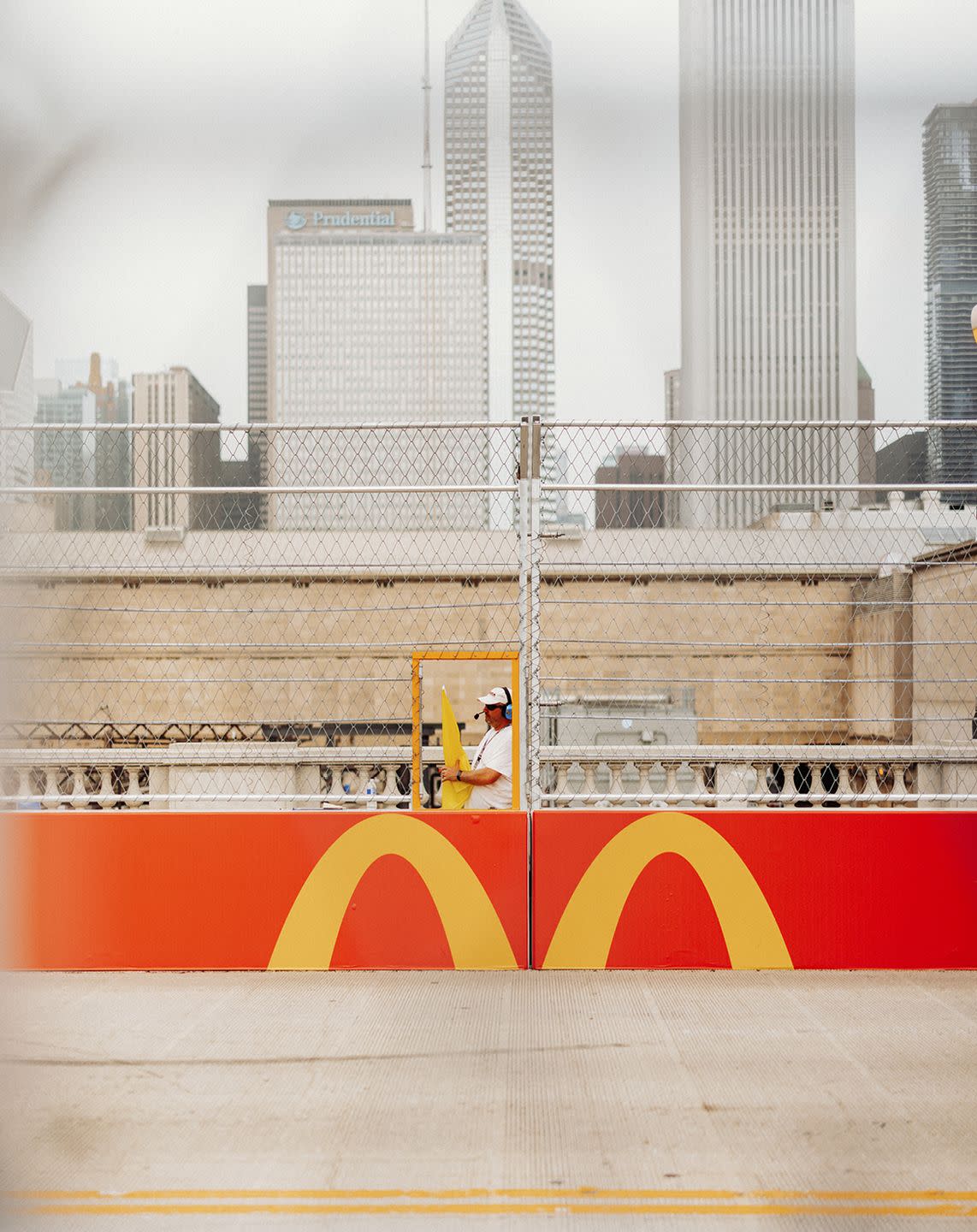
At race control, Giese had her hands full. “We were continuing to get reports that the storm wasn’t moving,” she recalled. “It was sitting over the city of Chicago. We were communicating across all the stakeholder groups on what the contingencies were.” Giese had held some big jobs before. She’d supervised the renovation of Phoenix Raceway, and she’d been managing director of business operations at International Speedway Corporation and its design and development team. But the stakes in Chicago were beyond anything she had known.
Imagine the amount of egg on NASCAR’s face if its attempt to run a Cup race on the streets failed or was called off, after all the publicity, the sponsorship deals, the building of the track. Fans had flown in from Europe and the Southern Hemisphere.
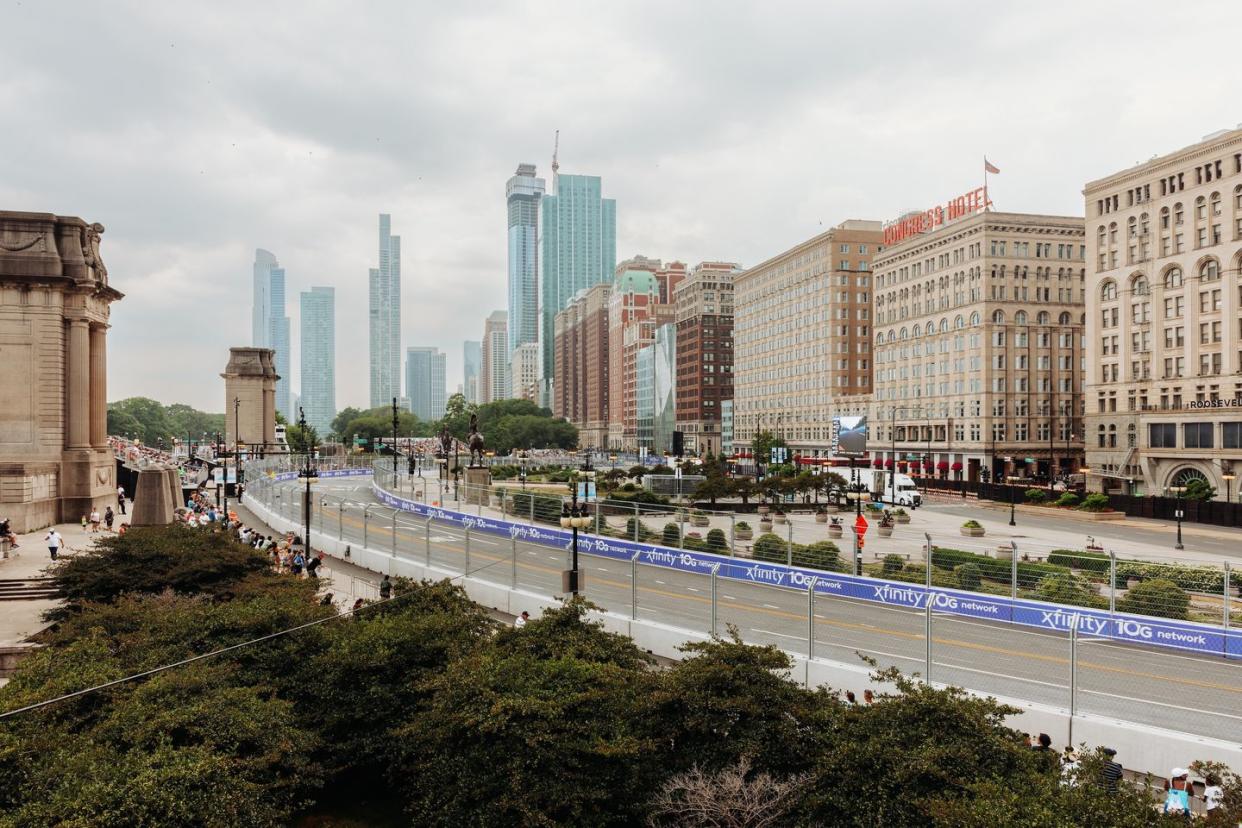
“The important thing in my mind,” Giese said, “was knowing we had the ability to run in wet weather. Certainly not standing water. But if the weather started to clear, there was opportunity. We had to be ready for that moment.”
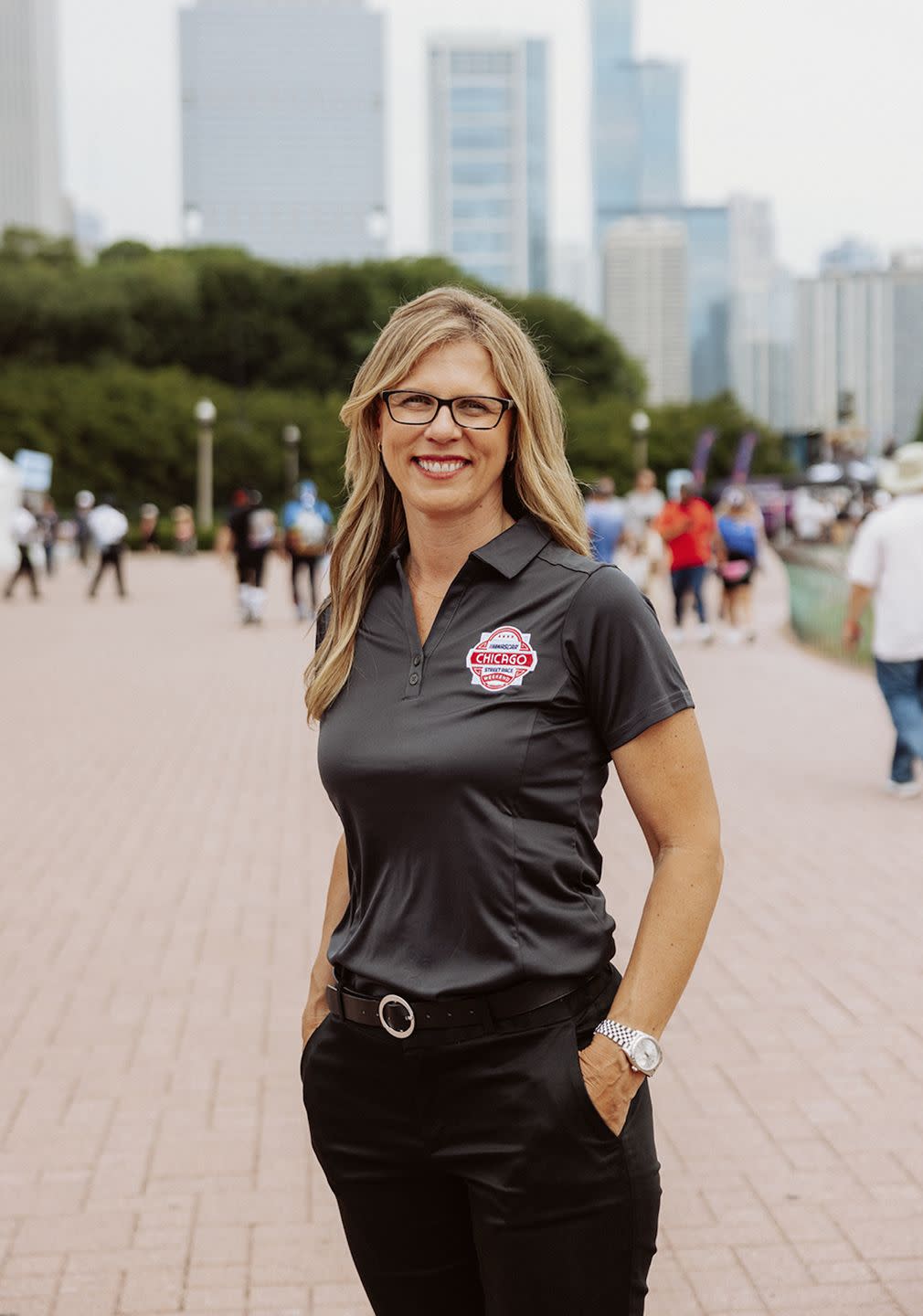
Rainfall totals in parts of the city hit eight inches, making this the wettest July 2 in Chicago in recorded history. In the paddock, racers took cover in their trailers. “The rain was absolutely crazy,” SVG remembered. “There were tires floating down pit lane. It was insane.” Martin Truex Jr., the Cup points leader heading into the weekend, told the TV audience, “We can probably get some boats in the race right now.”
Minutes before the scheduled start, the clouds suddenly began to clear. For the first time all day, you could see the tops of some skyscrapers. It was as if Moses were parting the Red Sea in the nick of time; it felt like that much of a miracle. “We were talking about going back to the hotel,” recalled SVG, “and just waiting for the race to be called off. And then we got a message: ‘Drivers to their cars.’ I couldn’t believe it.”
When the green flag waved Sunday, more than an hour after the scheduled start time, some 50,000 fans were trackside, and crowds atop buildings were watching from high up. Thundering exhaust notes echoed off the skyscrapers, making the city feel like it was ready to explode.
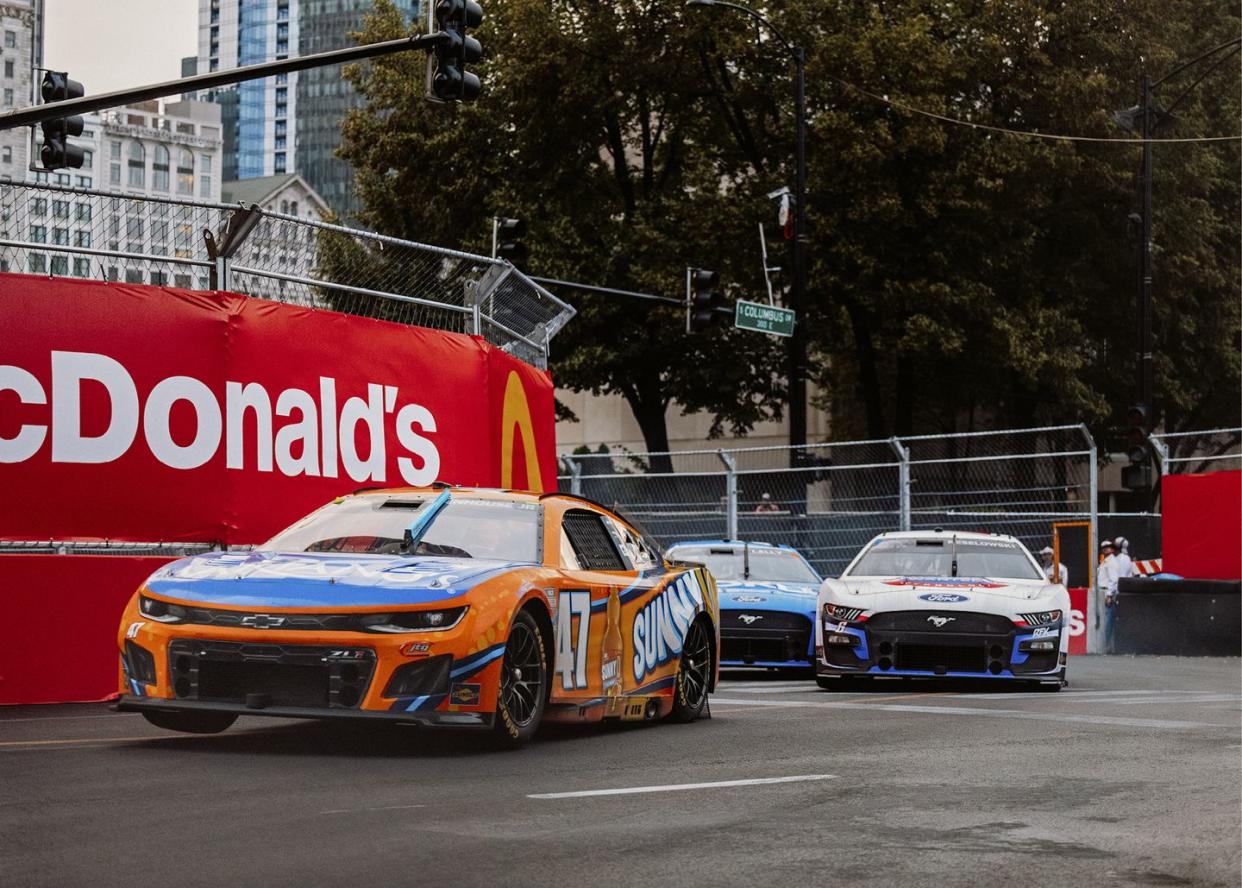
Never had I seen such diversity at an American stock-car race. White, Black, Asian, and -Hispanic faces; yarmulkes and burqas. An estimated 80 percent of the Chicago spectators had never been to a NASCAR race before. I met a fan wearing an “I Fossil Fuels” T-shirt who had flown all the way from Australia to catch this race.
“This is really cool!” a guy from Denmark told me. It all felt so very American, he said. “Big engines and fast cars!”
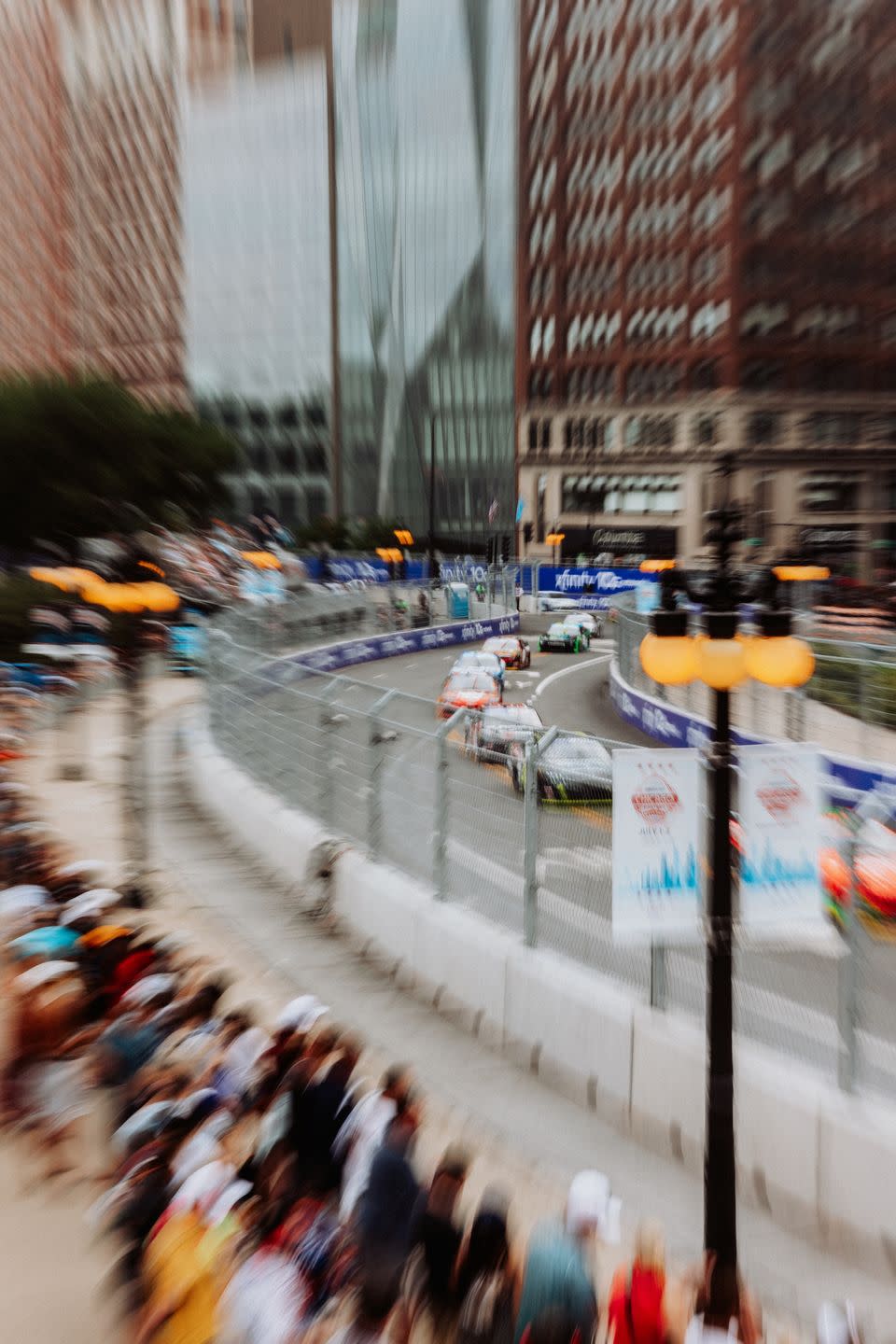
For nearly all the races in its 75-year history, NASCAR has refused to run in the rain. The Cup Series changed its rules recently to allow for some wet-weather action, but never had it run on a track this soaked. Ever. Yet another first. But still, this event had one last major surprise looming—the best one of all.
For 47 laps, cars flew sideways over the bumpy, slippery pavement, bouncing off one another and plowing into tire walls. Then, race control moved to shorten the event from 100 to 75 laps, due to the late start and the numerous pace-car appearances. Night was rolling in, and the track had no race lighting. Way back in 18th place, SVG was not-so-quietly gunning his engine. No one paid any attention as he began to weave through the pack, on a track that was seeing significantly less passing than NASCAR fans were used to. With 15 laps to go, he was in eighth place. With 13 to go, he was in fifth, lapping a full second faster than the race leaders. That’s when people started to notice.
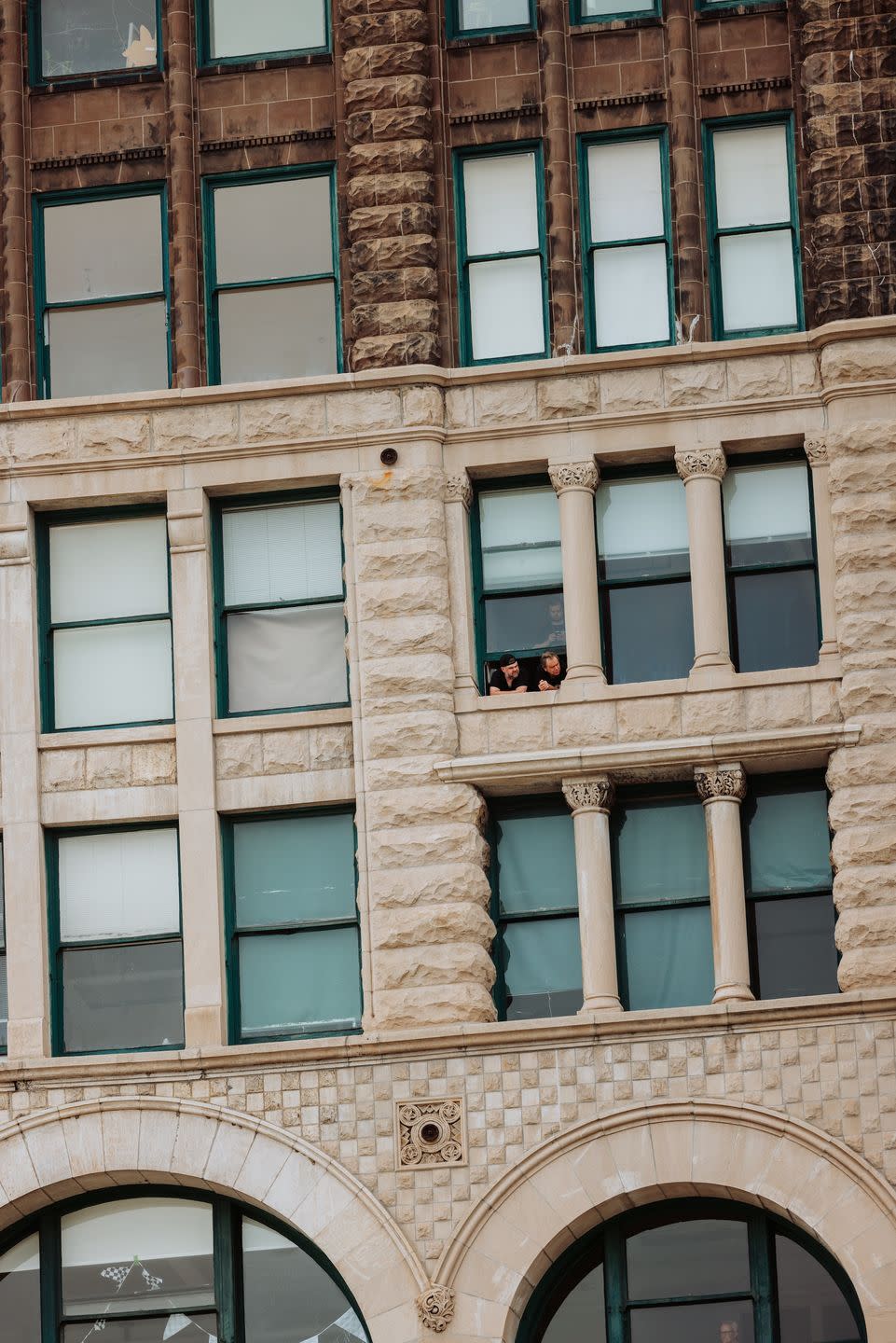
“He is sending that car in about maybe 100 feet deeper than everyone else,” one of the TV announcers said.
“It looks like SVG is getting a little more aggressive!”
“Here’s SVG, looming larger!”
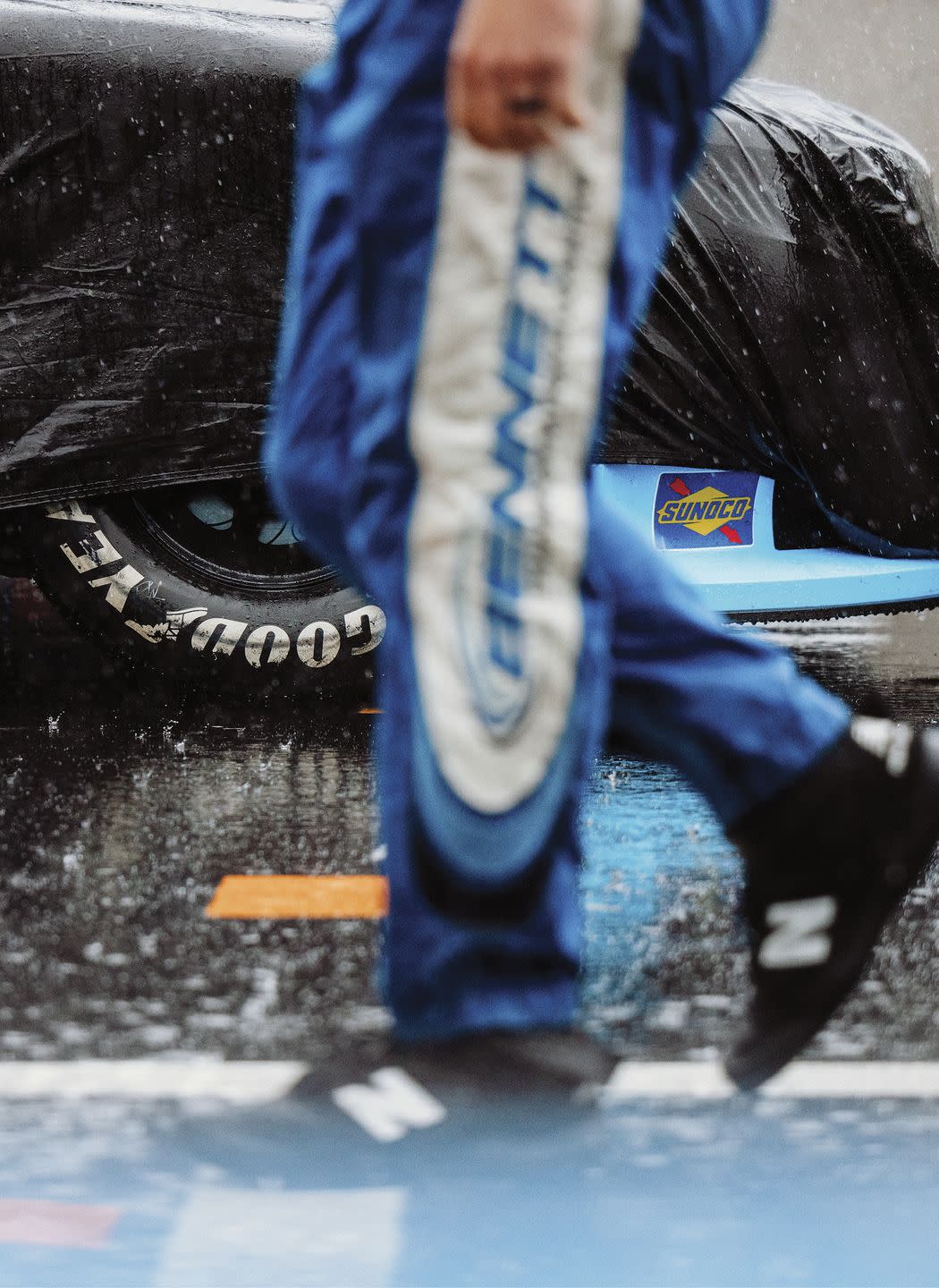
With eight laps to go, the New Zealander pulled into second, behind Justin Haley’s Chevrolet. SVG was having his way with everyone, especially in Turn 2. “That was where I found I was faster than people, was Turn 2,” he recalled. “Because everyone goes wide. You got to go wide to get a good run on the back straight. It leaves you open for a passing move on the inside.” SVG passed Haley to take the lead. Haley took it back, then SVG grabbed it again. The fans were in awe. The TV announcers were shrieking. From the cockpit, the No. 91 driver was having a ball. “It was awesome,” SVG recalled.
When the checkered flag waved, Shane van Gisbergen made history. Not in 60 years had a driver won in his debut in the top NASCAR series. Sixty years! When he got out of the car, even his most bitter competitors were smiling; the story was just that good. A TV reporter jammed a mic in his face: “Man, what an experience, and the crowd out here,” SVG said. “This is so cool. It’s what you dream of.... Anything is possible.”
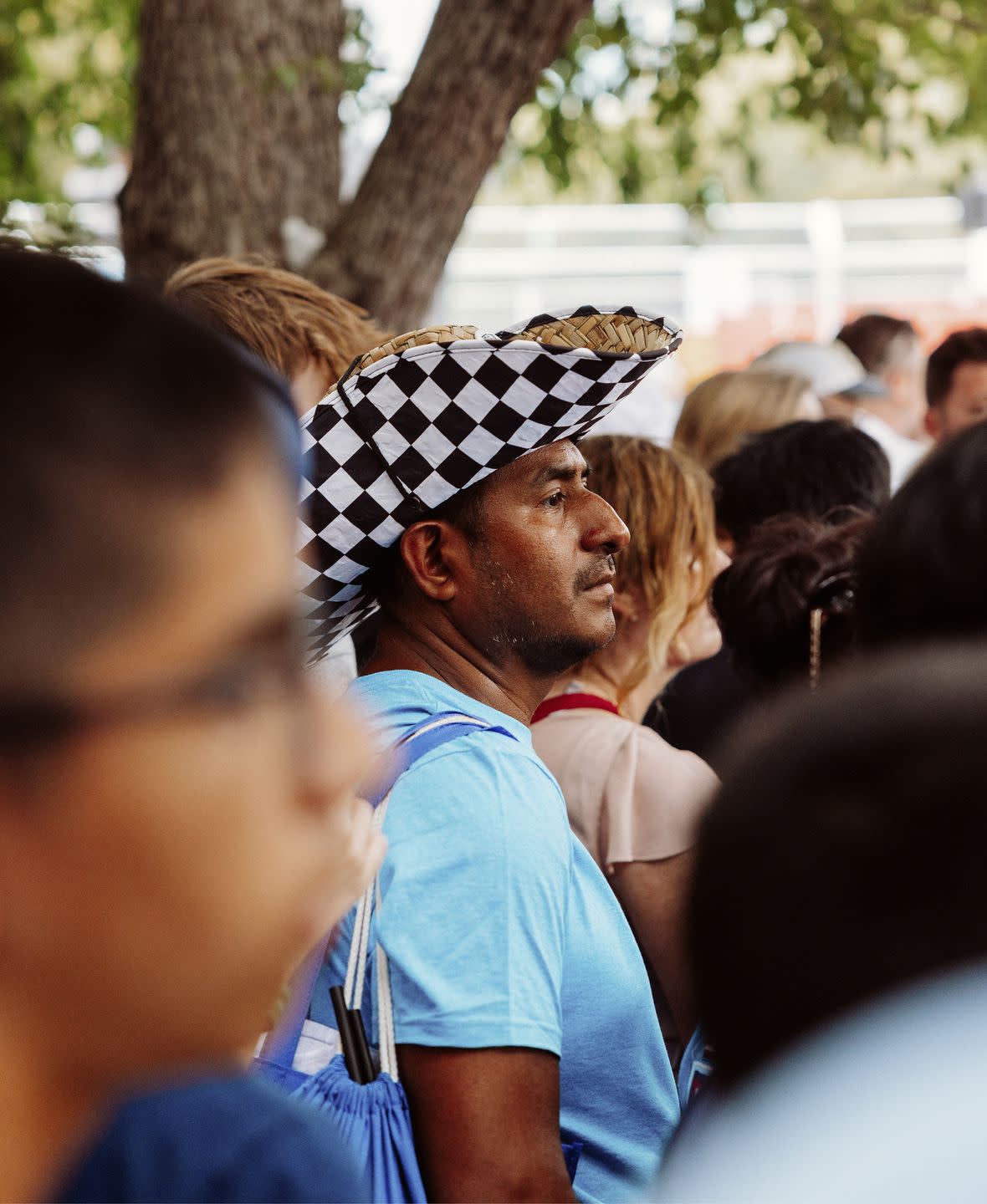
At the trophy ceremony, not one but two winners got up on stage in pit lane: Julie Giese and Shane van Gisbergen. Giese had literally weathered the storm, heading up an event that was an outrageous success. The live NBC broadcast averaged 4.8 million viewers, blowing away Formula 1’s recent Miami Grand Prix. SVG, meanwhile, had delivered what has to be one of the best NASCAR driving performances of recent years.
“Shane,” Giese said, handing over the trophy, “on behalf of everybody and the city of Chicago that put this event together, the NASCAR industry, congratulations on being a part of history. You are the very first Chicago Street Race winner!”
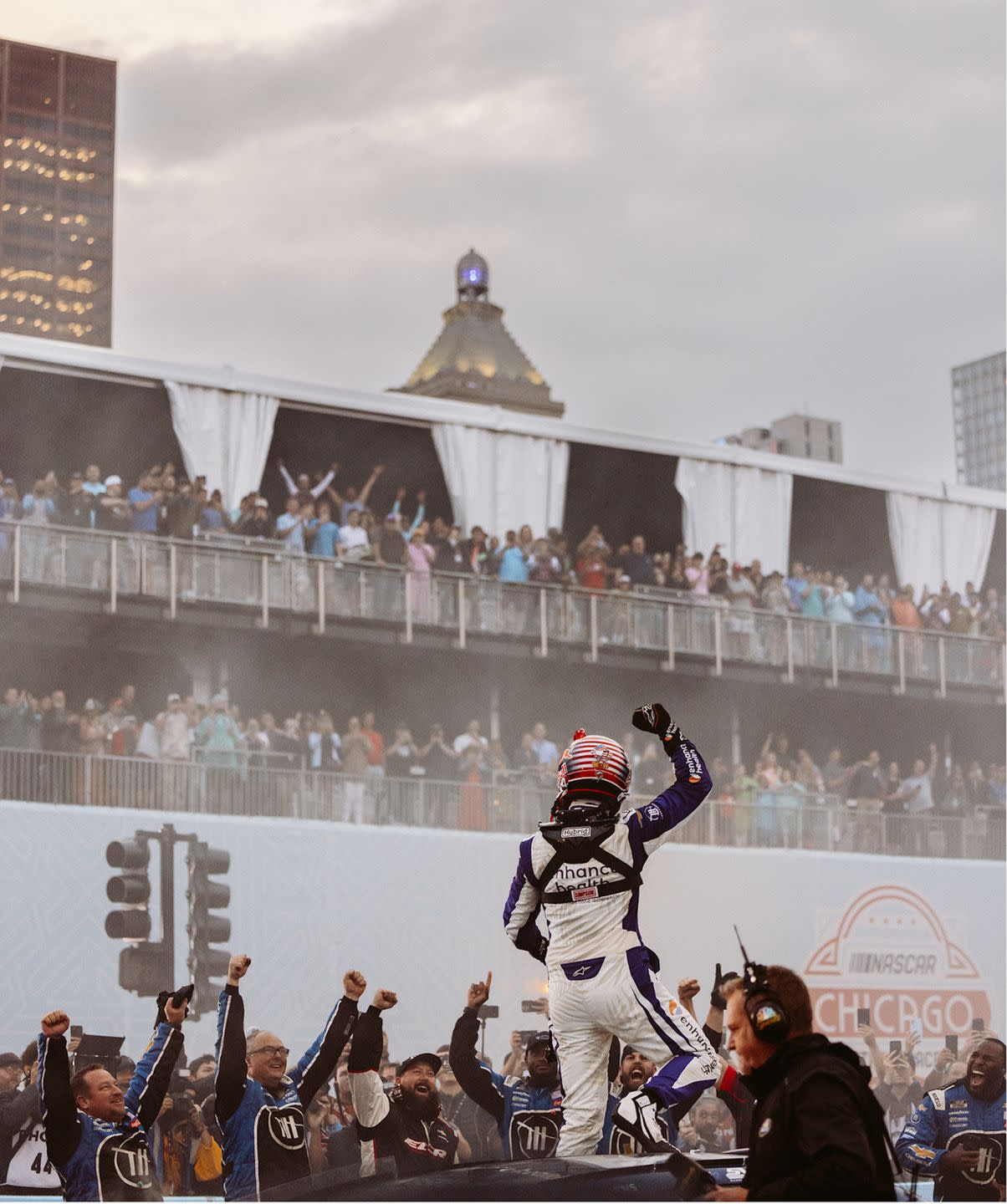
Cue the fireworks and the roar of the crowd. “I guess it was a perfect storm,” SVG said, days later. “Such a great feeling.” Something tells me the Windy City hasn’t seen the last of SVG.
Sixty-three dollars. That’s how much it cost to buy a sixer of Busch Light at NASCAR’s street race. Not that the hefty price stopped anyone. It felt like the amount of alcohol the crowd consumed could rival the gasoline the Cup cars sucked down. Gallons and gallons. That’s how Chicago rolls.
NASCAR has a three-year deal with the city. History has already been made. What follows next is a new tradition of some of the best stock-car racing around, right in the heart of the greatest sports city in America.

A car-lover’s community for ultimate access & unrivaled experiences.JOIN NOW Hearst Owned
You Might Also Like
